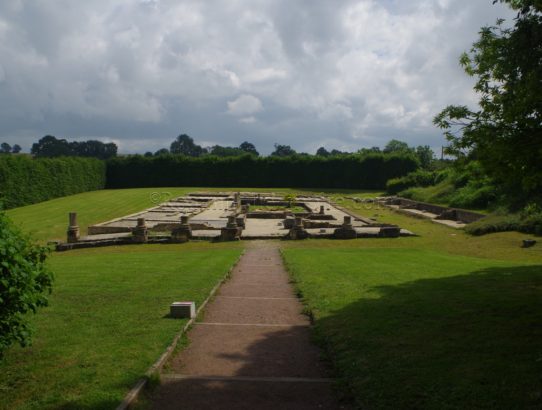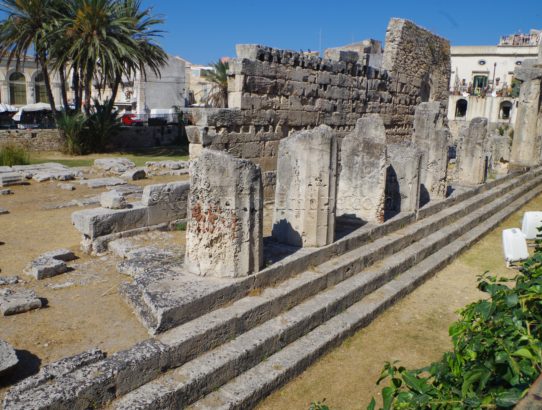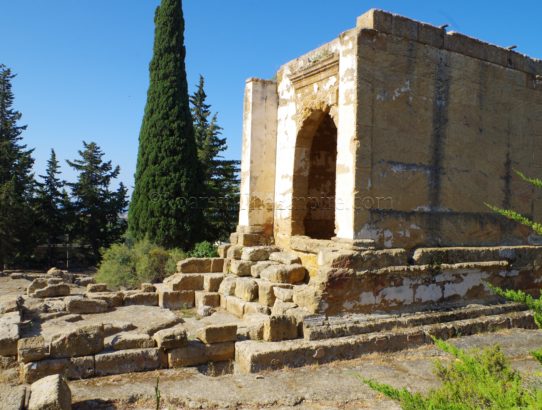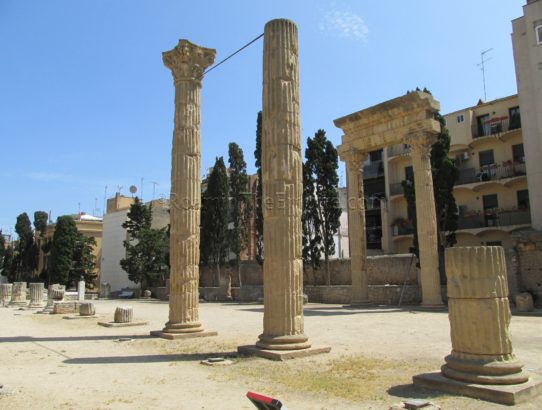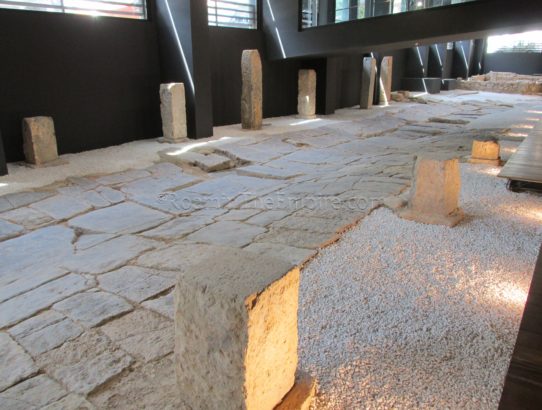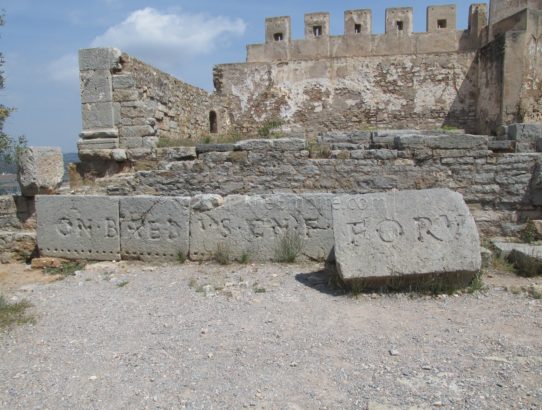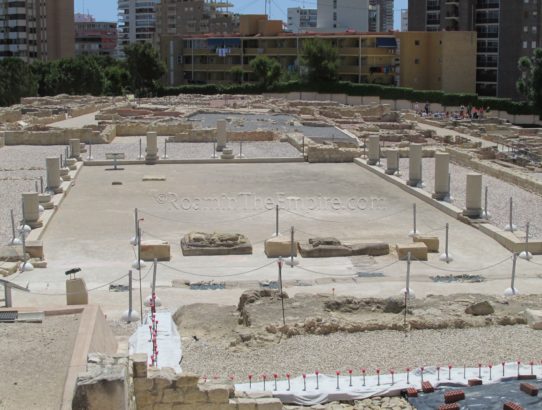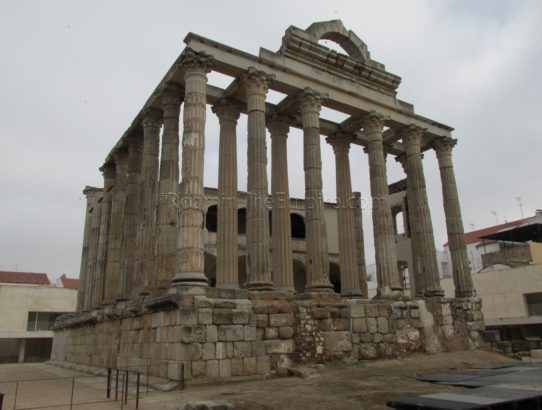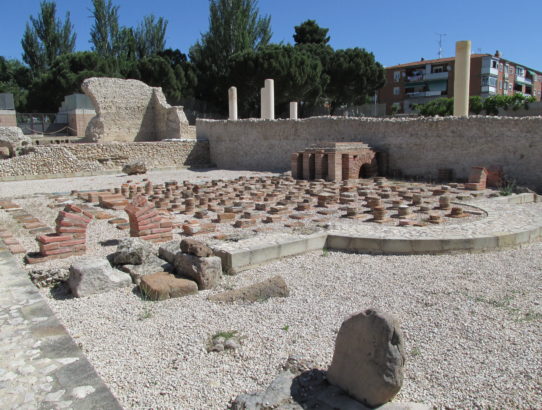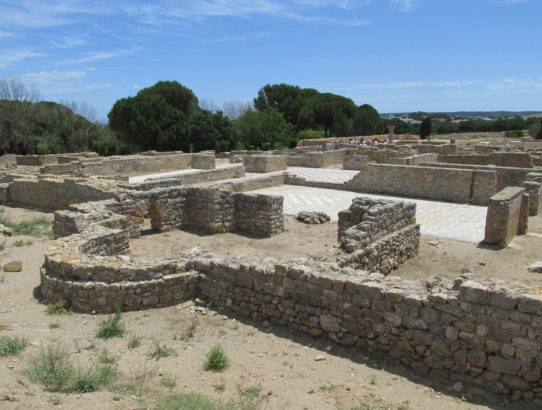Aregenua, Gallia Lugdunensis
Most Recent Visit: June 2018. About 10 kilometers to the southwest of the modern city of Caen is the town of Vieux, the location at which the ancient town of Aregenua once stood. While the location of Aregenua fell within the area inhabited by the Viducasse prior to the arrival of the Romans, there does…
Read More


